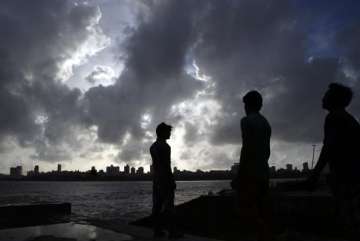Washington: Rapid warming of the Indian Ocean in the past century has led to a significant decrease in summer monsoon rainfall over the central-east and northern regions of India, a new study led by an Indian scientist said on Tuesday.
An international team of researchers led by Dr Roxy Mathew Koll, from the Indian Institute of Tropical Meteorology (IITM), Pune, found that the summer monsoon rainfall during 1901-2012 showed a weakening trend over parts of South Asia.
The reduction in rainfall was significant over the central-east and northern regions of India, along the Ganges-Brahmaputra basins and the Himalayan foothills.In the study published today in the journal Nature Communications, the researchers reported that the reduction in summer rainfall over central-east India during the past century is about 10 to 20 per cent.
“The Gangetic plains of India are the most heavily populated, and where agriculture is still largely rain-fed. Hence a significant reduction in rainfall over this region can be detrimental to the socio-economic livelihood in this region,” Koll said.
The researchers used climate model experiments to demonstrate that the reduction in rainfall is linked to the rapid warming of the Indian Ocean, especially its western part, during the past century.
The Indian Ocean warming, along with a relatively subdued warming of the Indian subcontinent, has played a key role in weakening the land-sea thermal contrast, a major driver of the South Asian monsoon, researchers said.
Under the global warming scenario, the monsoon drivers are supposed to get stronger, which should result in increased rainfall. One of the major monsoon drivers is the land-sea temperature difference in summer, which drives the monsoon circulation towards the subcontinent.
Previous studies suggested that the land in the northern hemisphere is warming much faster than the oceans, which implies that the monsoon driver should be getting stronger.
Also, the rising ocean surface temperatures entail increased moisture availability in the atmosphere due to increase in evaporation and moisture holding capacity of air.
Increased land-sea temperature contrast and moisture availability hence, should increase the monsoon rainfall. However, that is not the case for the South Asian monsoon, the study found.
Latest India News
